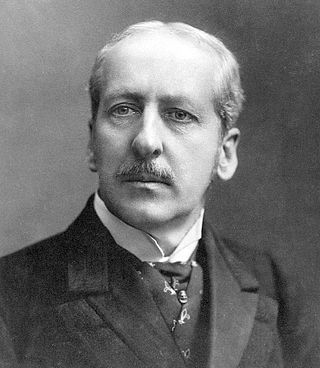
William Pepper Jr., was an American physician, medical educator, and the eleventh Provost of the University of Pennsylvania from 1881 to 1894. He was an advocate for the establishment of a university affiliated hospital and led the finance and building committees for the construction of the University of Pennsylvania Hospital in 1874. As provost, he oversaw a major expansion of the University including the construction of 13 campus building, the addition of the Wharton School of Business, and eleven new departments. In 1891, he founded the Free Library of Philadelphia.
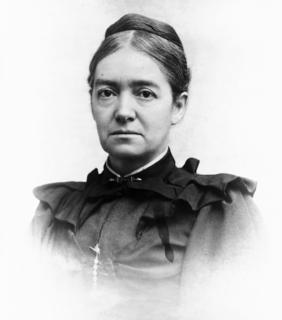
Mary Corinna Putnam Jacobi was an English-American physician, teacher, scientist, writer, and suffragist. She was the first woman admitted to study medicine at the University of Paris and the first woman to graduate from a pharmacy college in the United States.
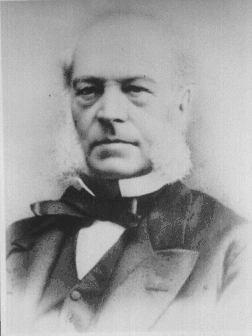
Edward Headlam Greenhow FRS, FRCP was an English physician, epidemiologist, sanitarian, statistician, clinician and lecturer.

Louis Livingston Seaman, FRGS was an American surgeon, born in Newburgh, New York.
More than 1,500 African American officeholders served during the Reconstruction era (1865–1877) and in the years after Reconstruction before white supremacy, disenfranchisement, and the Democratic Party fully reasserted control in Southern states. Historian Canter Brown Jr. noted that in some states, such as Florida, the highest number of African Americans were elected or appointed to offices after the end of Reconstruction in 1877. The following is a partial list of notable African American officeholders from the end of the Civil War until before 1900. Dates listed are the year that a term states or the range of years served if multiple terms.
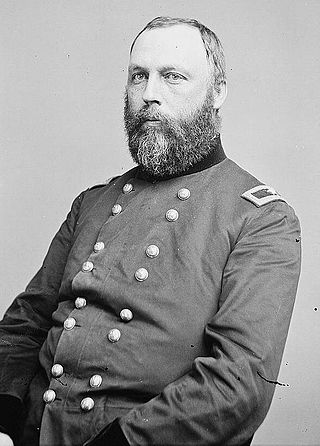
William Alexander Hammond was an American military physician and neurologist. During the American Civil War he was the eleventh Surgeon General of the United States Army (1862–1864) and the founder of the Army Medical Museum.

Susan Dimock was an American physician who earned her medical degree from the University of Zurich in 1871 and was subsequently appointed resident physician of the New England Hospital for Women and Children in 1872. The hospital, now known as the Dimock Community Health Center, was renamed in her honor after her death in the shipwreck of the SS Schiller in 1875.

Francis Delafield was an American physician, born in New York City. His father, Dr. Edward Delafield, was the son of the prominent John Delafield who had emigrated to America from London, England in 1783 carrying the provisional peace treaty between England and The United States. While his father Edward graduated Yale in 1812, Francis graduated at Yale (1860) and at the College of Physicians and Surgeons, Columbia University (1863), and after further study abroad practiced medicine in New York. Francis was appointed to the staff of Bellevue Hospital (1874), and to the chair of pathology and practice of medicine in the College of Physicians and Surgeons (1875–82).
Thomas Inman was a house-surgeon to the Liverpool Royal Infirmary. In his lifetime he had numerous medical papers published. He was also an amateur mythologist, and wrote Ancient Pagan and Modern Christian Symbolism, first published in 1869 and then again in 1875. In it he elucidated the origins of common symbols, some of them medical. Many of the symbols he discusses are in use today.

William Henry Corfield was an English public health physician. Appointed Professor of Hygiene and Public Health at University College London in 1869, Corfield had a major influence on public health and household sanitation in Victorian England before there was extensive knowledge of bacteriology and a clear understanding of infectious disease transmission. He was also an early advocate of land filtration and sewage farms.
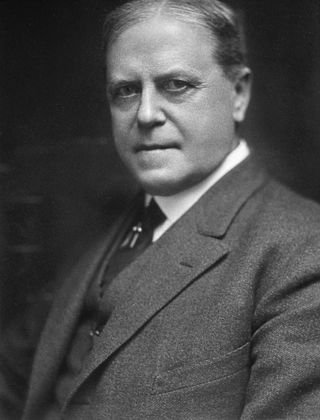
Roswell Park was an American physician and cancer researcher, best known for starting Gratwick Research Laboratory in 1898, which is now known as Roswell Park Comprehensive Cancer Center.

Edmund Alexander Parkes was an English physician, known as a hygienist, particularly in the military context.
Erasmus Darwin Hudson Jr., M.D. was an American thoracic physician and educator.

Charles Loomis Dana was an American physician, professor of nervous and mental disease at Cornell Medical College.

James Martin Peebles was an American physician, prolific author and organizer of many professional, medical, and psychic/spiritualist religious associations.
Dr William Lauder Lindsay FRSE FLS LRCS was a Scottish physician and botanist. As a physician he largely worked in the field of mental health. As a botanist he specialised in lichens.

Frederick J. Bancroft was a surgeon during the American Civil War before he settled in Colorado, where he was considered to be "one of the most prominent physicians", according to a San Francisco Chronicle obituary. In the late 1870s, he and the Denver Medical Association created the public health system for Denver, Colorado to improve the health of its citizens. In 1876, Bancroft was the first president of Colorado's State Board of Health. He became Colorado Medical Society president in 1880. Bancroft was a founder and professor of the University of Denver and Colorado Seminary Medical Department in 1881.

Norman Shanks Kerr was a Scottish physician and social reformer who is remembered for his work in the British temperance movement. He originated the Total Abstinence Society and was founder and first president of the Society for the Study and Cure of Inebriety which was founded in 1884.
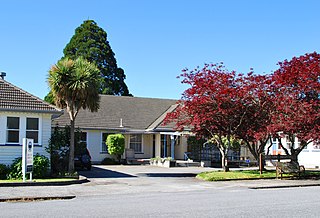
Reefton Hospital is a hospital in Reefton on the West Coast of New Zealand. It was founded in 1872 and its closure was announced in 2024.
Arthur Scott Donkin was a British physician and writer known for his research on diabetes. Donkin proposed a skimmed milk treatment for Bright's disease and diabetes.















